Should I use Wild Geranium (Geranium maculatum) in my yard?

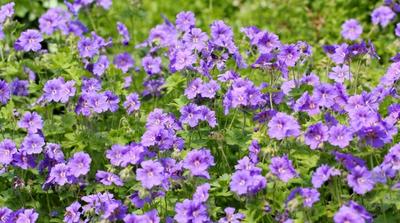
Wild Geraniums (Geranium maculatum) are a hardy and beautiful native wildflower that can be found throughout much of the eastern North America.
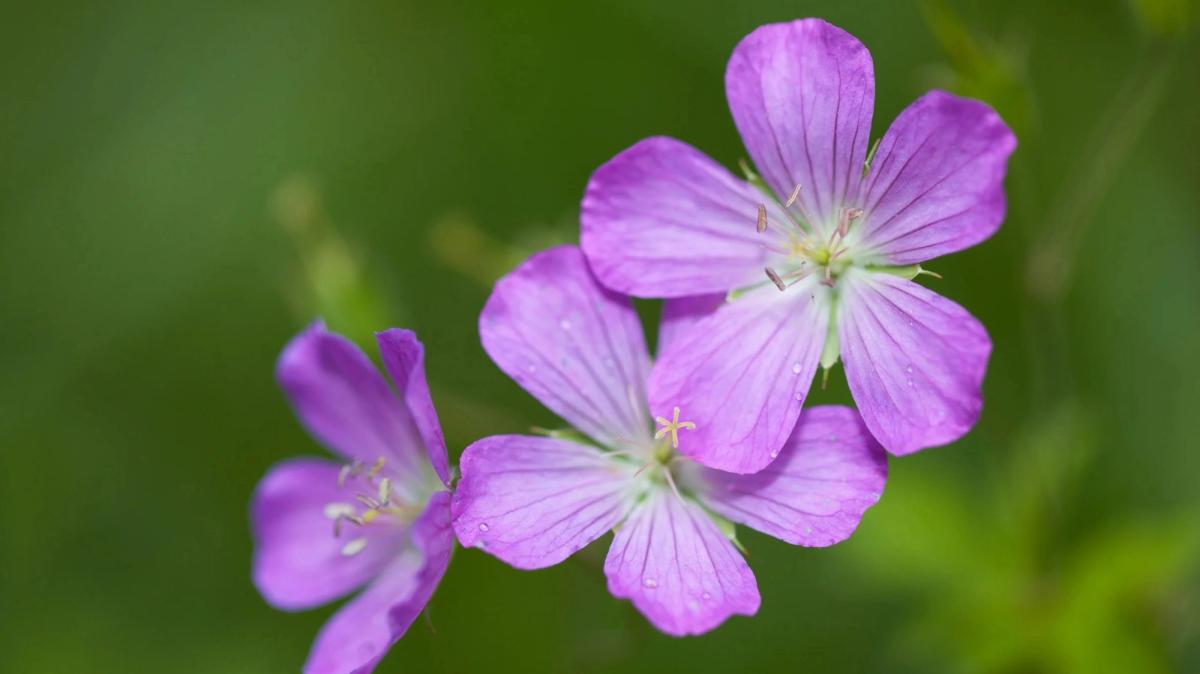
Welcome back to another installment of our "Know Your Natives!" series, in which we explore the wonders of native plants across the United States. In each post, we dive into the ecology, appearance, and growing requirements of another native plant species, while also highlighting their importance for the environment. Whether you are new to natives or a botanical pro, we hope this series will help you get a better sense for the benefits of using native plants in landscaping and gardening: from their ability to support local ecosystems to their stunning visual appeal. Join us on this journey to discover the diversity and value of native plant species and learn how you can incorporate them into your own green spaces!
An Introduction to Wild Geraniums

Unlike other members of the geranium family that you will find in most garden centers, Wild Geraniums (Geranium maculatum) are a hardy and beautiful native wildflower that can be found throughout much of the eastern North America. They are typically found in deciduous woodlands, and along woodland edges, streams, and riverbanks, where they can tolerate both sun and shade. They often form large colonies and can be a stunning sight when they bloom in late spring to early summer with delicate, five-petaled flowers in shades of pink to lavender. Wild Geraniums are a versatile plant that can tolerate a range of soil types and light conditions, making them an excellent choice for any gardener looking to add a touch of natural spring beauty to their shady borders or open woodland gardens. They are also an important source of nectar and pollen for many pollinators, including bees and butterflies.
At-A-Glance - Wild Geraniums

Common Name(s): Wild Geranium, Spotted Geranium, Crane's Bill (also Cranesbill), Wood Geranium
Scientific Name: Geranium maculatum
Type: Herbaceous Perennial
Root Structure: Taproot with lateral rhizomes
Sun Exposure: Full Shade to Partial Shade (less than 6 hours a day); can tolerate some direct sunlight
Soil Moisture: Prefers well-drained medium to moist soils. Drought tolerant once established.
Soil Types: Can tolerate a wide range of soil types, including clay, loam, and sandy soils. Will thrive in rich soil .
Other Benefits: Pollinator favorite; Erosion control; Ground cover; Deer resistant
Bloom Color: Lavender to pale pink flowers
Bloom Period: Mid spring through early summer
pH: Prefers somewhat Acidic to Neutral (5.0 to 7.5)
Native Range: Broadly native across central and eastern North America.
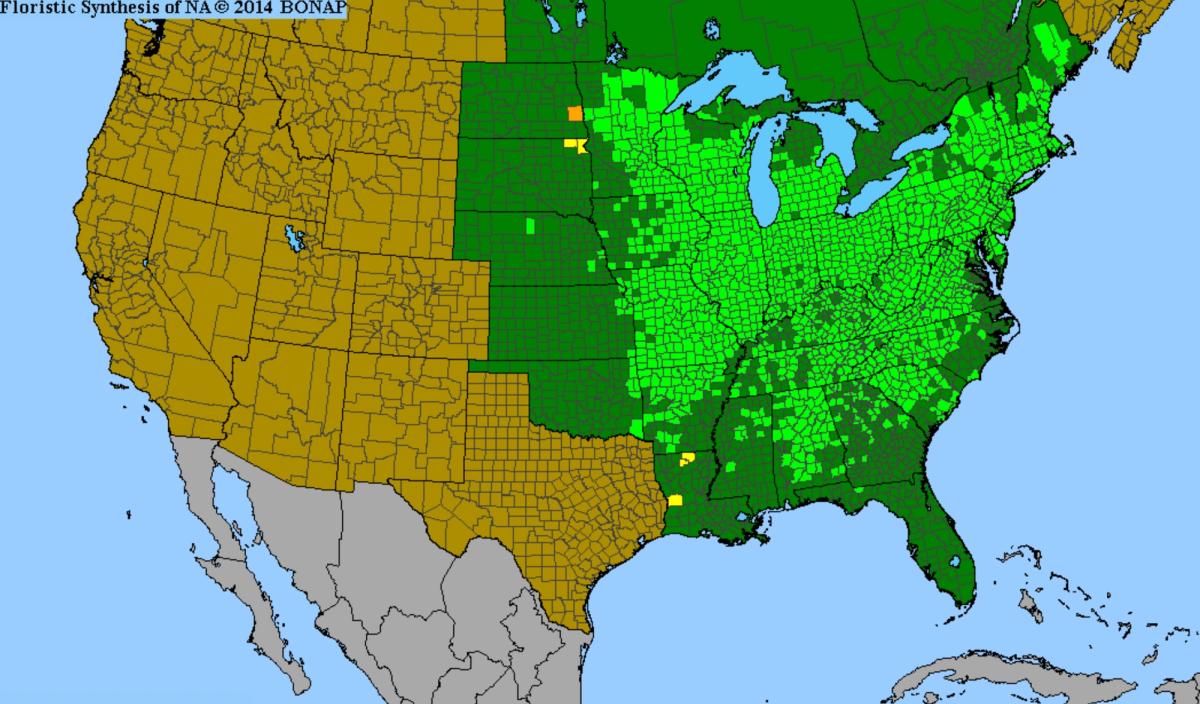
Range Map: Created by the Biota of North America Program (BONAP) and based on historical species records, this range map shows you the native distribution of Wild Geraniums in the United States and Canada. Grey indicates no data; Greens indicate state present (dark) and county listed (light) as native.
Style Guide
Flowers: Produces delicate, five-petaled flowers in spring that range in color from a light shade of pink to lavender (rarely white flowers). They have prominent stamens with bright purple anthers, and the petals have a slightly ruffled edge. The flowers grow on stalks that rise above the plant's foliage to form loose clusters at the end of each stem. The blooms have a delicate, pleasant scent and are attractive to pollinators like bees and butterflies.
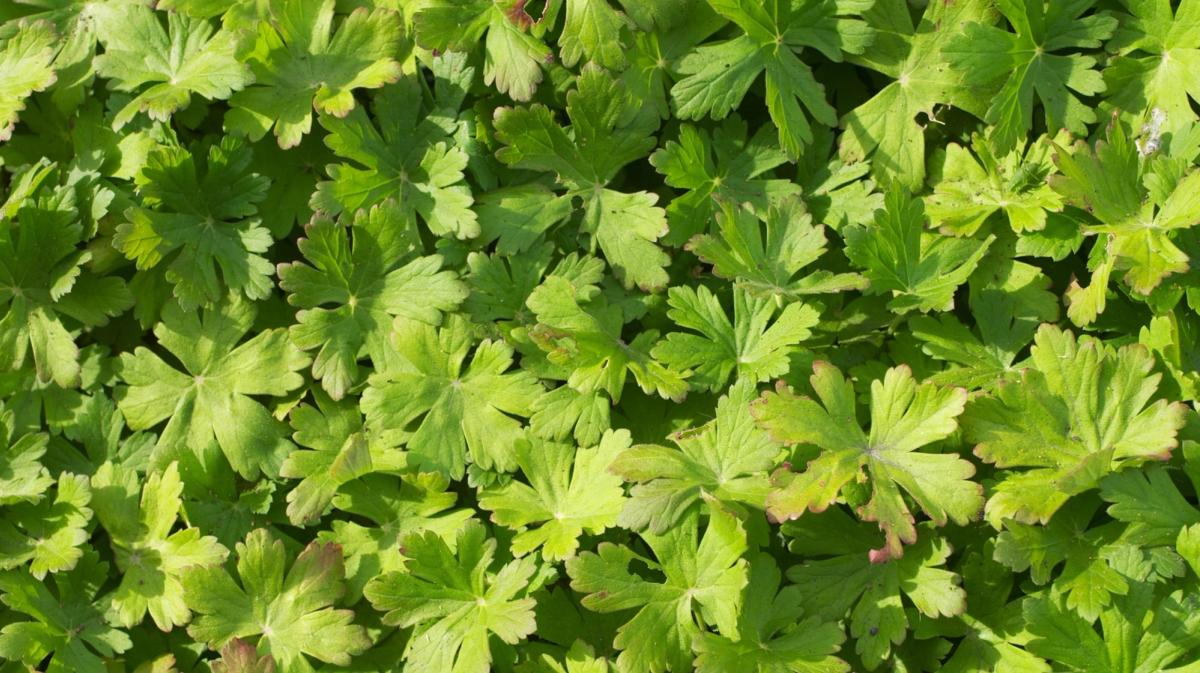
Foliage: Attractive, deeply lobed and palmate dark green foliage, with 5-7 lobes per leaf arranged in an alternate pattern along the stem. The edges of the leaves may be slightly serrated or toothed. The leaves also have slightly coarse hairs.
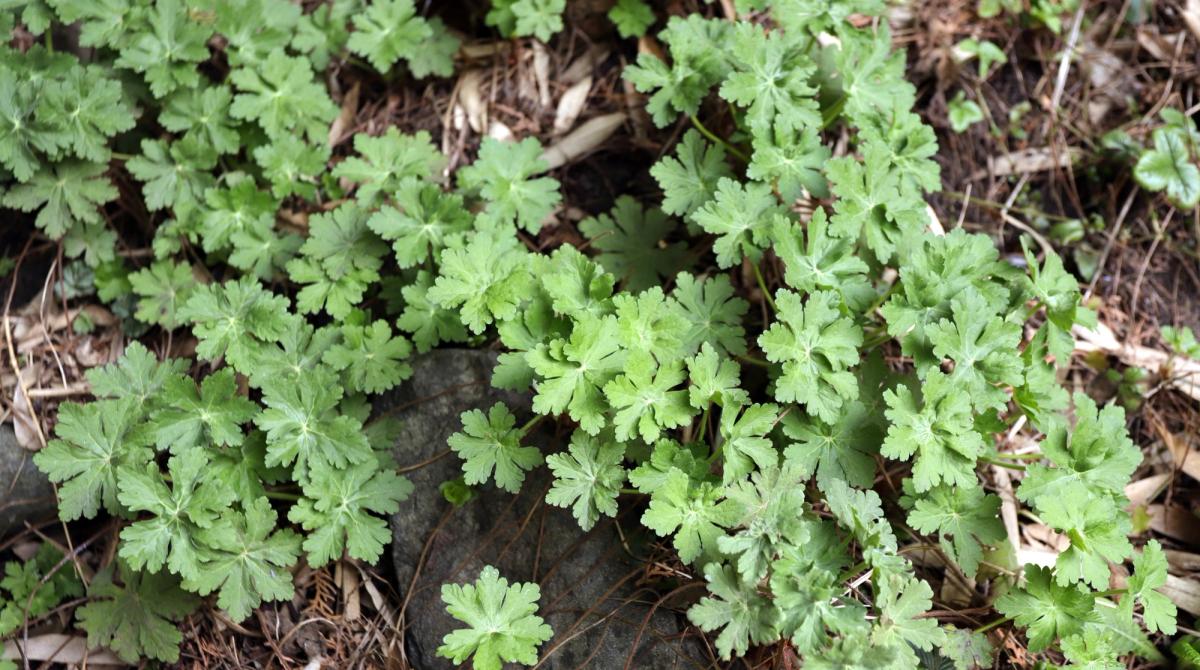
Shape: Features a mounded or clump-forming growth habit and is typically as wide or wider than it is tall, with a spread of 1-2 feet. Spreads to form dense colonies.
Height: Stems reach up to 2 feet
Wildlife Attraction: Popular among pollinators such as bumblebees, butterflies, and moths, who are attracted to their nectar and pollen-rich flowers. The plant's dense foliage also serves as cover for small mammals and insects. Wild geraniums are a valuable addition to any garden seeking to promote biodiversity and support local wildlife.
Planting Instructions & Care
Geranium maculatum is a hardy and low-maintenance perennial plant that is relatively easy to cultivate. To help ensure its success in the garden, follow these care tips:
Site selection: Geranium maculatum prefer to grow in moist, rich soil with partial shade to full shade. They can tolerate full sun locations if the soil remains consistently moist. When selecting a site, it is important to choose an area with well-drained soil, as wet soil can lead to root rot.
Planting: Best planted in early spring or fall well after or before the threat of frost; space plants 12 to 18 inches apart.
Watering: Wild Geranium prefers medium moisture and can tolerate some drought once established. It's important to water them when the soil dries out entirely, but be careful not to overwater them as they can be susceptible to root rot in poorly drained soils.

Collecting Seeds: Wild geranium produces a distinctive fruiting structure that matures in late summer to early fall. To collect seeds, wait until the beaked seed capsules have turned brown and the seeds inside have turned dark brown. Then, gently pinch the capsule near the base and twist it to release the seeds. Alternatively, you can cut the seed capsules from the plants and allow them to dry in a paper bag until the seeds are released. Clean the seeds and store them in a cool, dry place until you're ready to plant them.
Fertilization: Typically does not require fertilization if planted in healthy soils; if needed, adding organic matter such as compost or well-rotted manure to the soil can improve soil fertility and structure, and promote healthy growth.
Pest and disease control: Wild Geraniums are relatively pest and disease-free, but they may occasionally face some issues. Two common pests that can affect wild geraniums include slugs and snails, which can feed on the leaves and damage the foliage. Wild Geraniums may be susceptible to fungal infections such as powdery mildew, rust and leaf spot. Proper care and maintenance of the plants, including providing adequate air circulation and avoiding overhead watering, can help prevent these issues. In addition, removing any infected leaves and debris can help reduce the risk of disease spread.
Maintenance
Wild Geranium requires minimal maintenance but can benefit from a couple care techniques if desired:
- Deadhead flowers: Deadhead spent flowers to help achieve additional bloom time and prevent leggy appearance.
- Dividing plants: Divide clumps of Wild Geranium every few years if you'd like to prevent establishment of dense colonies.
Species Relationships
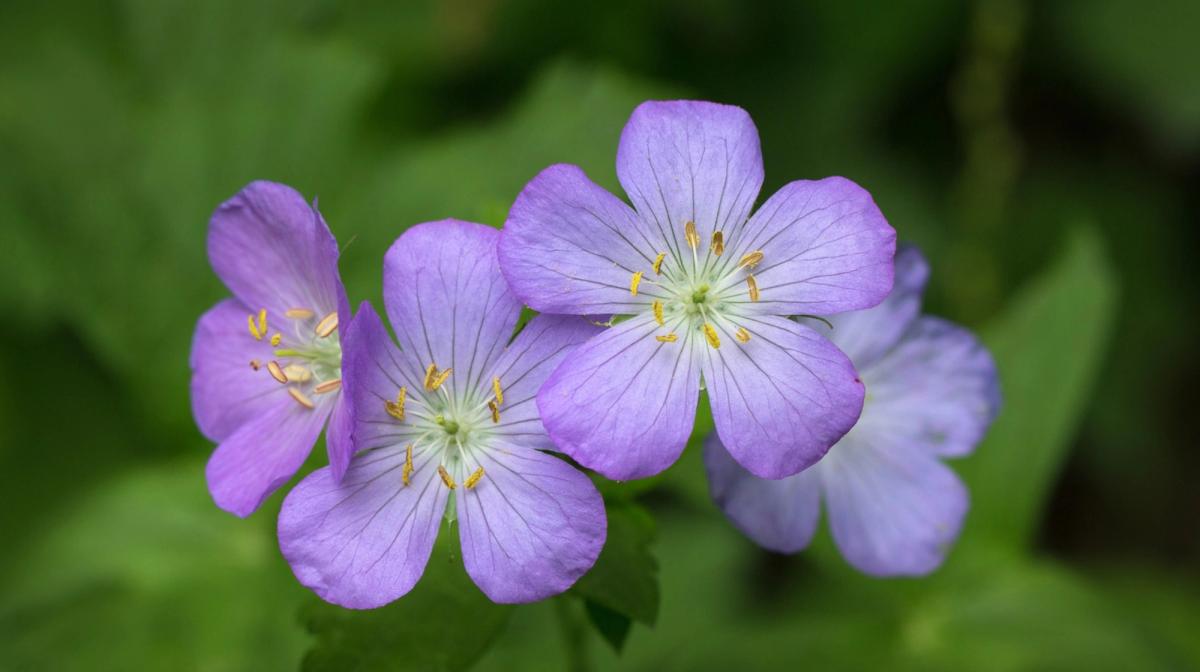
Wild Geraniums (Geranium maculatum) are visited by many pollinators such as bees, butterflies, syrphid flies and others, making them a valuable addition to any garden ecosystem. They are also an important host plant for several species of butterflies, including the Baltimore Checkerspot (Euphydryas phaeton), Gray Hairstreak (Strymon melinus), and the Eastern Tailed-Blue (Cupido comyntas). Additionally, they can provide cover for small animals like rodents and insects.

As Host Plant
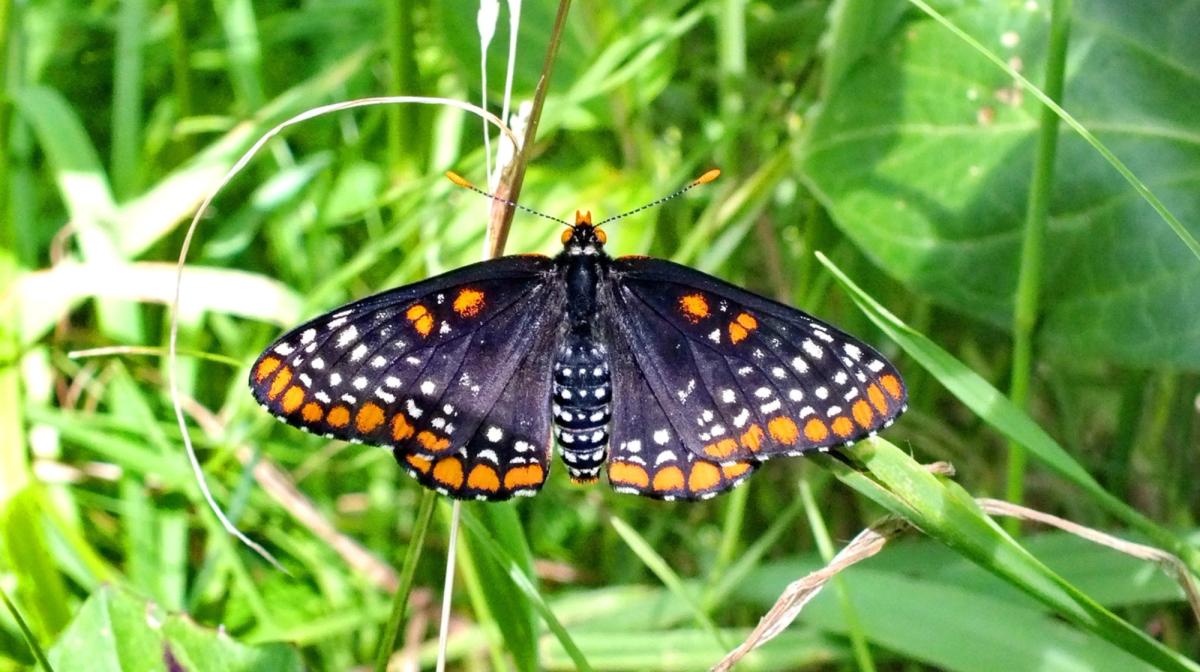
Baltimore Checkerspot (Euphydryas phaeton) - a brightly-colored butterfly with distinctive black and orange markings, found primarily in wetland habitats.
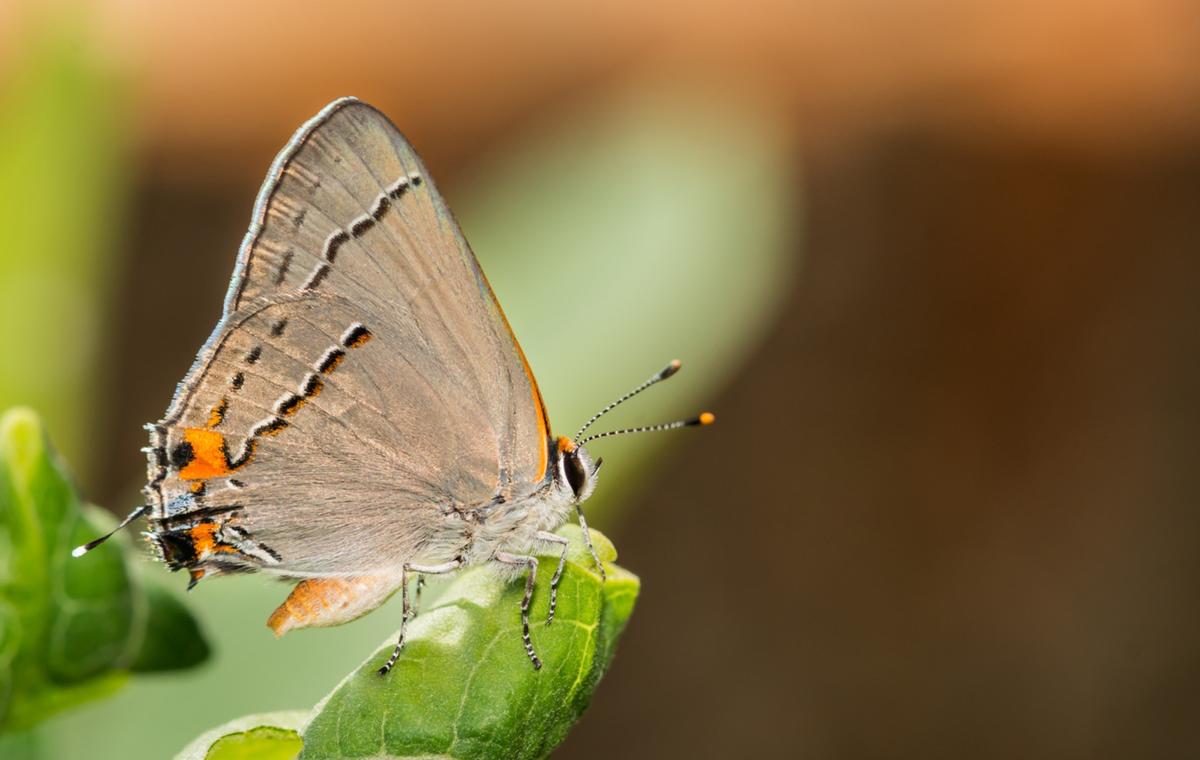
Gray Hairstreak (Strymon melinus) - a small, gray butterfly found throughout North and Central America.
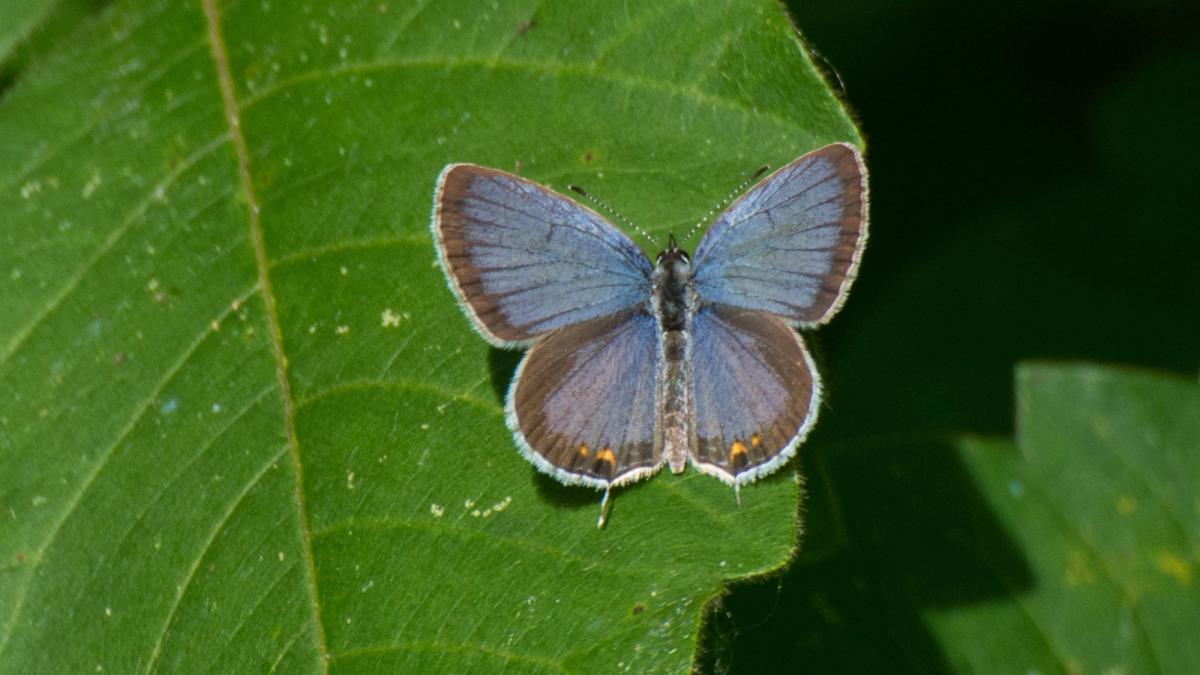
Eastern Tailed-Blue (Cupido comyntas) - a small, vibrant blue butterfly found throughout much of America.
Trivia
Wild Geraniums (Geranium maculatum) are known for their medicinal properties and have been used traditionally by Native Americans to treat diarrhea, dysentery, open sores and other ailments.
In Victorian times, the Wild Geranium symbolized gentility and esteem, and was given as a sign of admiration and affection.
Summary
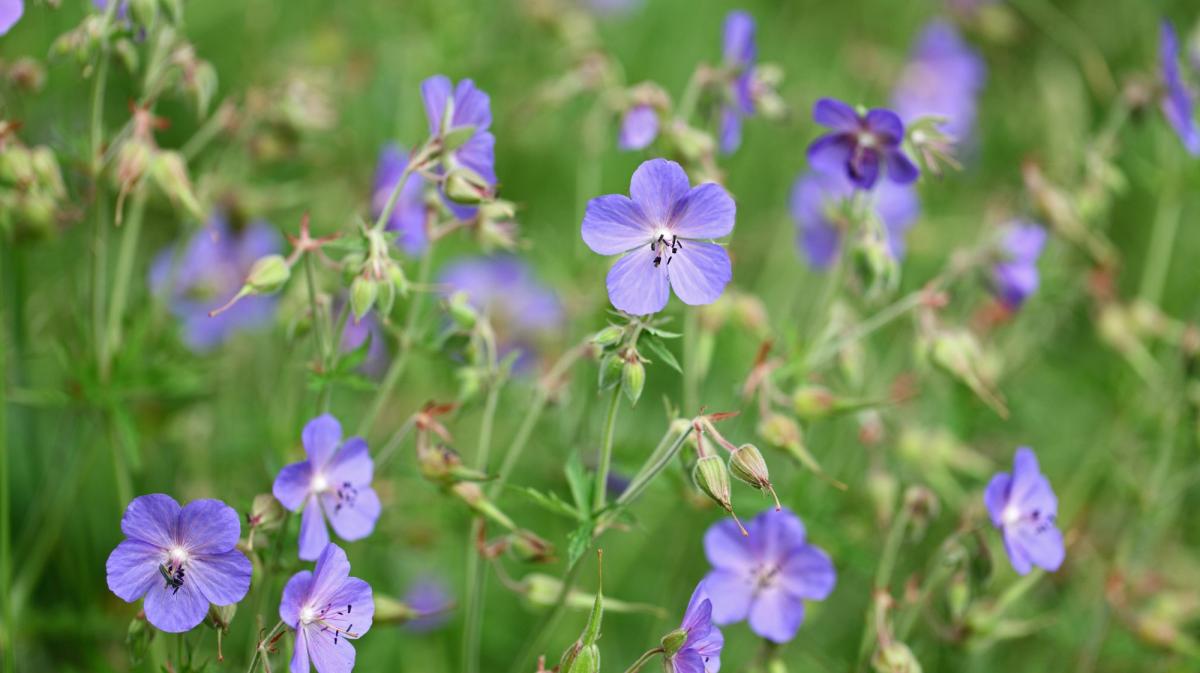
Wild Geranium is a beautiful native perennial with attractive foliage and lovely pink to purple flowers that will attract pollinators and beneficial insects to your garden. I would recommend Wild Geraniums because they:
- are low-maintenance, easy-to-grow, and deer resistant
- are tolerant of a wide range of growing conditions but thrive in moist soils
- provide a burst of spring color to shade gardens and attract a variety of pollinators
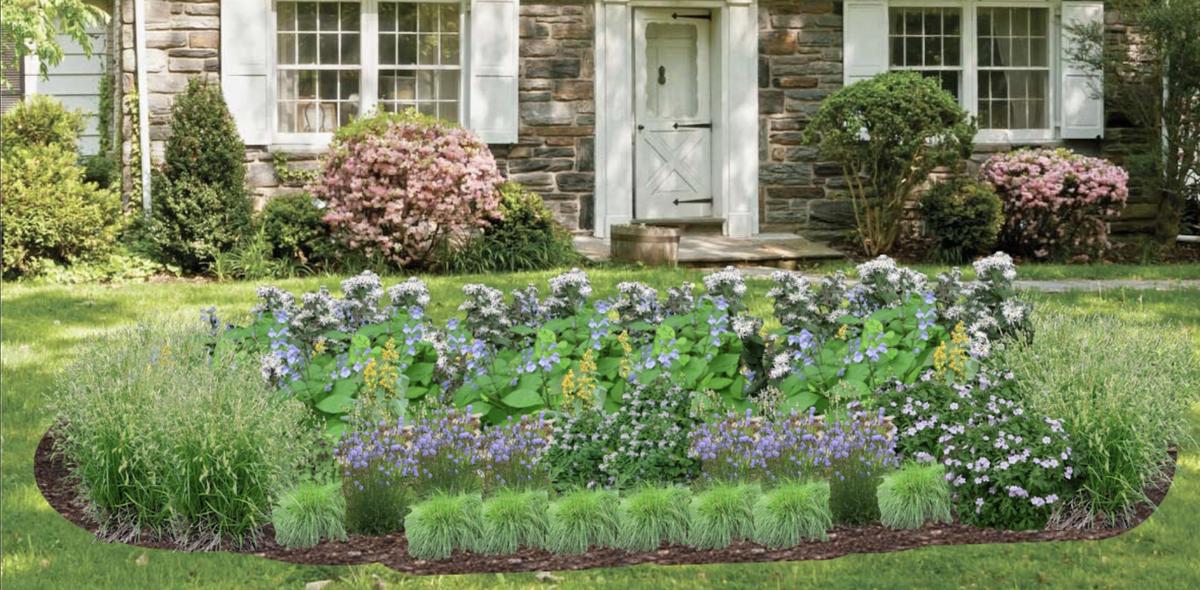
If you live in the Great Lakes Region, we feature Geranium maculatum in some of our full and partial shade gardens, including Made in the Shade (50 plants).
Read about other native plants in the 'Know Your Natives' series




Share this article


